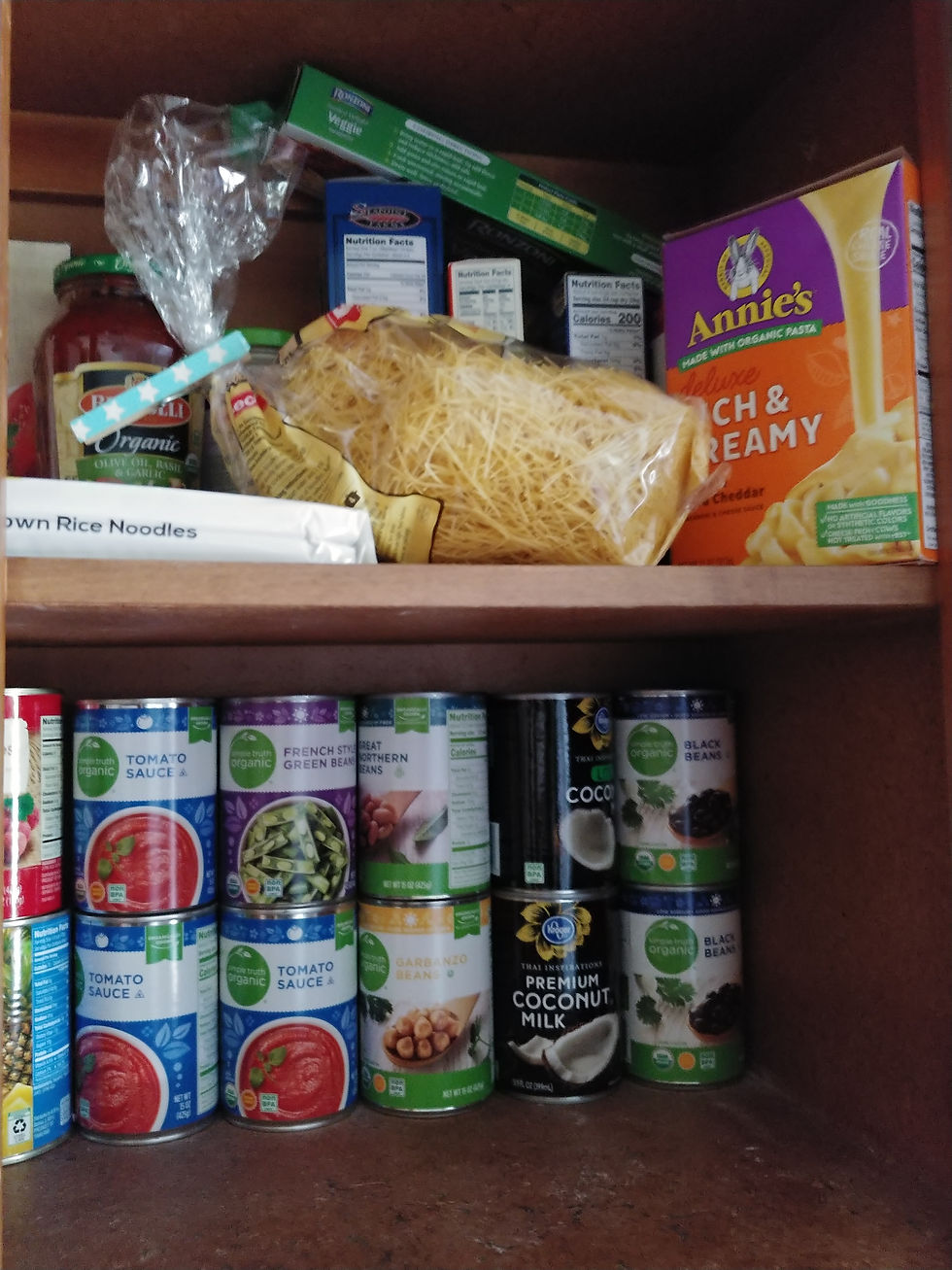What's the Scoop? Soy
- Juliette Ries
- Oct 21, 2017
- 1 min read

Soy became a hit years ago as a health food but do you really know soy?
Here's the basics:
Almost all soybeans are genetically modified in the U.S. (GMO).
If you've ever read a processed food nutrition facts label chances are you've seen soy as an ingredient and allergy warning in bold at the bottom of that list. We use soy in the u.s. almost as much as corn.
Bad soy: soy milk, baby formula, non fermented tofu (most the tofu sold in the U.S. is non fermented), soybean oil, soy cheese, soy ice cream, soy yogurt, "meat" made with soy, soy protein, and edamame
Good soy: tempeh, natto, miso, fermented tofu (typically only found in Asian countries) and soy sauce.
What makes one type of soy better than the other? Fermentation.
All BAD soy is NON-fermented and should not be in your diet. They contain isoflavones genistein and daidzein which mimic estrogen hormones (helpful to those with menopause symptoms but not everybody). This is what poses the cancer risks. It also contains hemagglutinin, a blood clotting substance which creates poor oxygen circulation. The bad soy can

interfere with protein breakdown and digestion and prevent absorption of important minerals like zinc, calcium, and magnesium.
Fermented soy, the GOOD, contains many vitamins and minerals which can be good for your health. Including vitamin K2 which has several health benefits. Fermented soy is also great for the gut due to the fermentation process which create natural probiotics (super helpful to those who take antibiotics a lot). K2 and fermentation can reduce prostate cancer risk and improve cardiovascular and bone health.
So choose your soy wisely! Read nutrition facts labels and avoid non-fermented soy.
Bon Appetit!
.



Comments